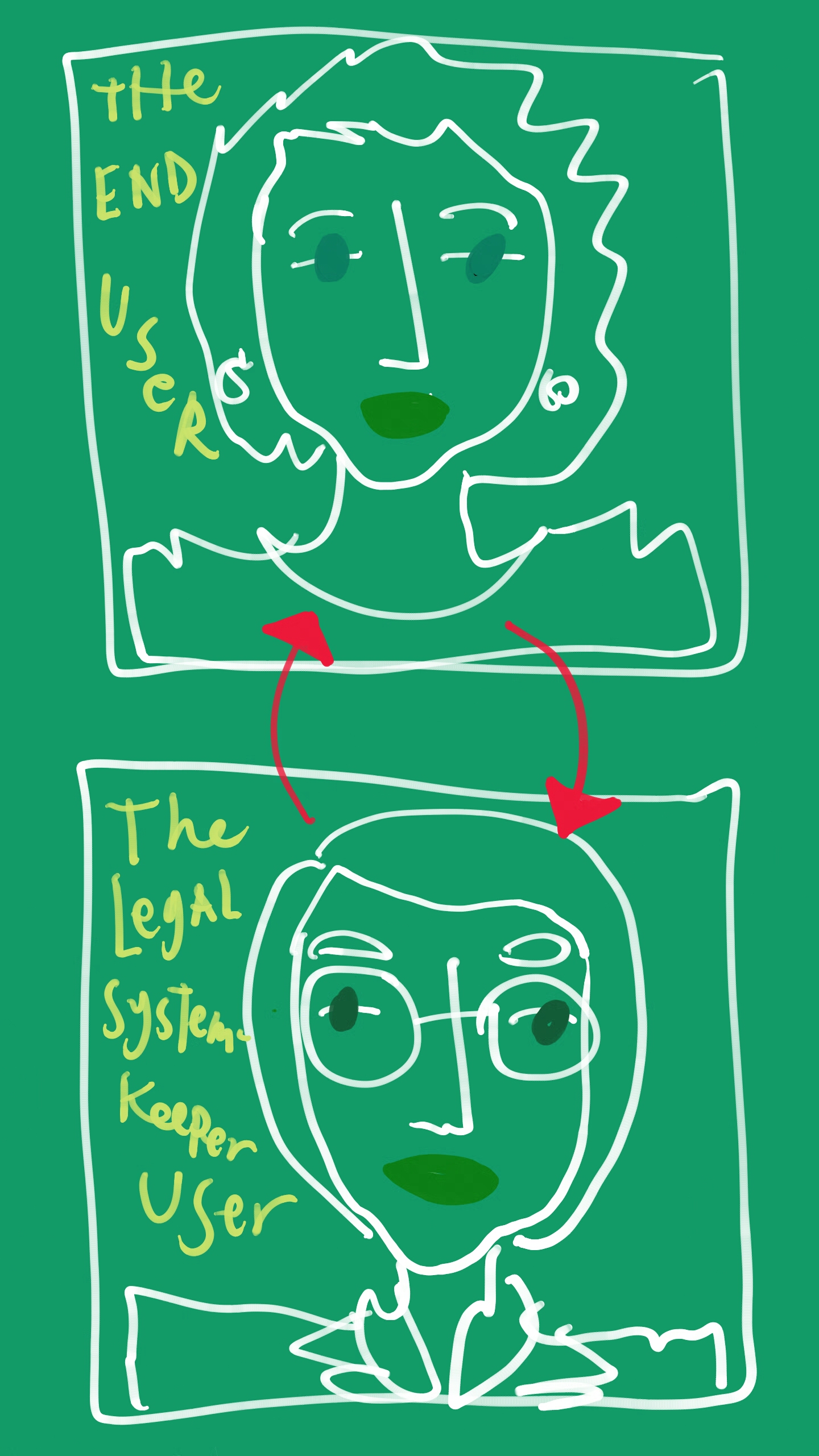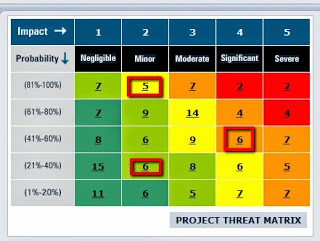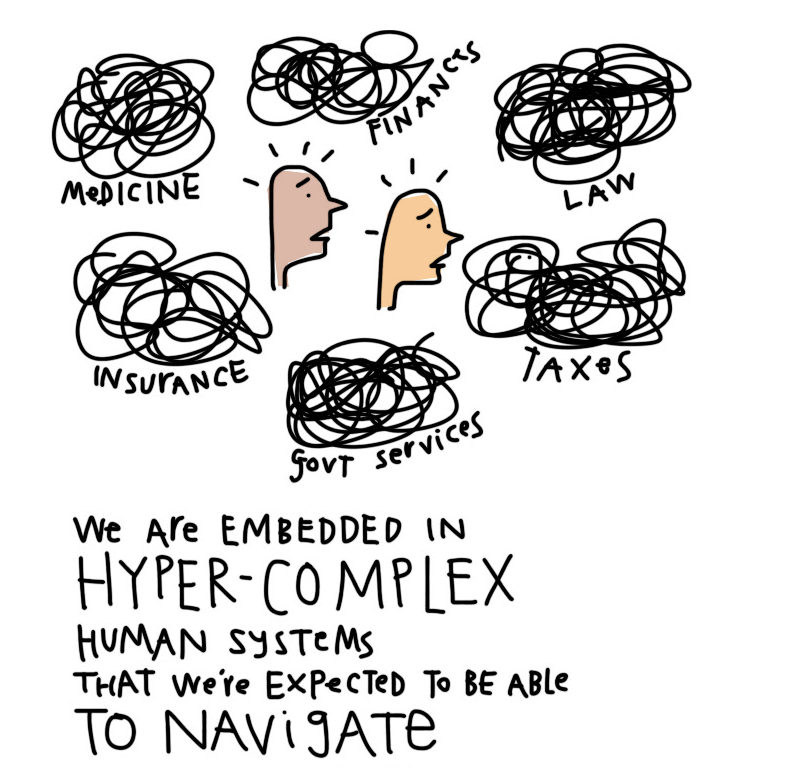Last week, during my class Into to Legal Design Class, we had some guest designers from Intuit, who work on improving the user experience of their tax customers.
One of my students asked the designers if they also work on how the customers’ tax filings will be received by the IRS. The question was — isn’t your real user the IRS? Even if you are taking money from the customer to help them do their taxes, isn’t the real make-or-break user of your system the government? Because it’s the IRS, the government, that will ultimately determine if the tools you are building will help a person succeed with their taxes (not getting audited and penalized for badly-crafted returns).
The insight came from this student’s work at a law firm, where a supervising attorney asked him who the audience for a memo was. The student had responded, it’s the client. The supervising attorney said no, it’s the judge. Even if the judge will never see the write-up, it’s the judge’s opinion that will ultimately determine the worth of the service that you’re creating. So you as the lawyer/designer should be crafting your work for the judge as your real target user.
I am quite interested in this point — how do we as lawyers & legal professionals design for two stages of users:
1) The person with the legal issue — helping them get through the procedure & system in an intuitive and friendly way, to make them satisfied if not outright delighted during this legal experience
2) The system-keepers — the people operating the legal system (be they judges, clerks, administrators, IRS auditors, etc) who will determine whether the person’s submission will be successful and help the person resolve their situation successfully
It could be the second track of design could end up in policy-making design. It could be about how we as designers consult with, advocate to, and try to persuade the system-keepers. Can we better understand their workflows and metrics, to help improve the submissions we help our lay people craft? Can we change the system to be more comprehensible for our user, and so that we can more reliably help our user navigate it and deal with it?
It points me to Designer as Policy-Maker. Especially in the world of legal design, we need to be oriented not just to the lay people we serve, but also the system-keepers. We need to understand their mental models, and also try to influence their behavior and decisions. This may be about just understanding the system better — what the policies are and what the underlying reasons, influences, and metrics are at play with the system-keepers and their policies. It may also be about designing to influence the system and the system-keepers — actually changing the official policy or how it’s practices. To serve our lay people better, we also need to be targeting the system and its system-keepers.



